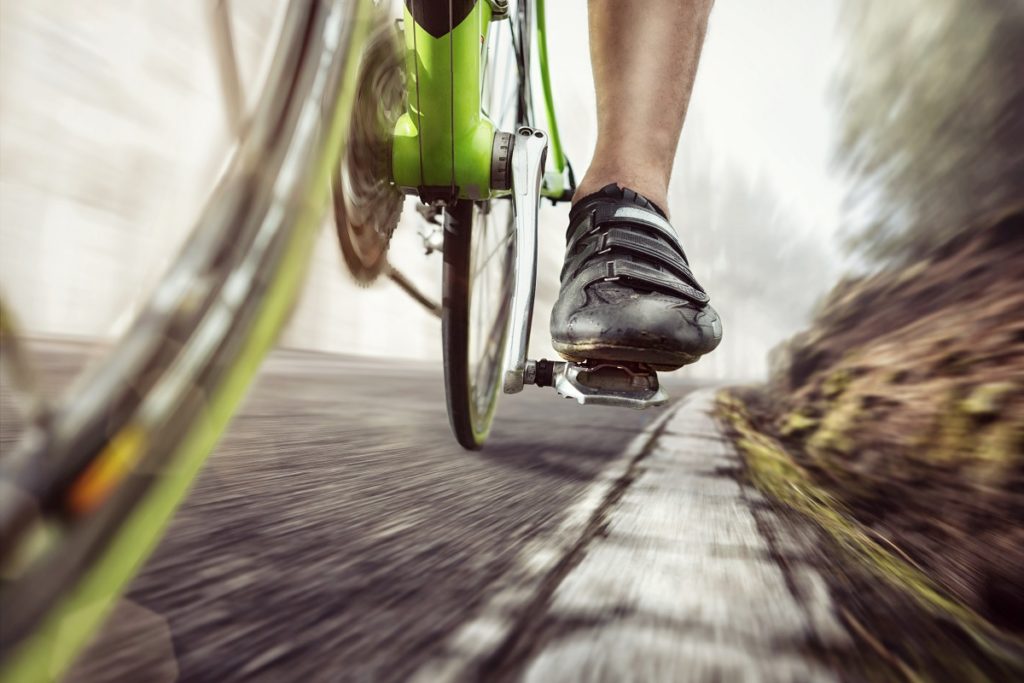As cities become more congested and polluted, environmentalists and health experts urge more people to substitute their cars with bicycles. Indeed, cycling reduces the environmental impacts of our daily commutes and boosts our health at the same time.
But if you brave the busy streets on your bicycle, squeezing amongst lorries and 10-wheeler delivery trucks, are you being healthier? There’s no question that those oversized vehicles emit pollutants in the air, which you’d all breathe in if you share the road with them. Not to mention they have a lot of blind spots, putting you in danger of a freak accident should you unknowingly end up in those vulnerable areas.
U.K.’s The Financial Times weighed the risks of urban cycling, helping determine if the activity is worth it. The data, which we’ll discuss below, is pretty concerning, but cyclists don’t have anything to fear — yet.
The Safest and Most Dangerous Cities to Cycle in
The Financial Times Team examined London and found that per 10,000 bike commuters over there, 1.1 of them die on average. But cyclists are comparatively safer than in most U.S. cities, specifically in New York City, where 3.8 fatalities occur per the same number of bike commuters.
Cyclists in Sydney, Australia are more in danger, with 8.3 fatalities per 10,000 cyclists. The safest city for them is Copenhagen, Denmark, where only 0.3 out of 10,000 dies.
If you live in Florida, U.S., you have to be extra careful when cycling, because data from the National Highway Traffic Safety Administration showed that cycling accidents accounted for 5.5% of the state’s total traffic fatalities in 2013. Many years have already passed since that, but the gap with other cities’ fatal cycling crashes is still alarming.
Besides, recent data revealed that U.S. cities only got more dangerous for cyclists. Washington, D.C., for one, had lesser traffic fatalities as a whole in 2018, but cyclists’ deaths had jumped to 20%. And across the nation, cyclist fatalities have risen by 25% since 2010.
These data show that though more people are getting encouraged to walk and bike, the city streets continue to be dominated by fast-moving cars, posing safety hazards. But the danger is bigger for pedestrians; The Financial Times U.K. had also found that for every billion miles walked, 35.8 pedestrians are killed. That is considerably greater compared to cycling fatalities in the U.K., wherein 30.9 cyclists are killed for every billion miles cycled.
Health Risks of Cycling
Other than potentially dying, cyclists in urban cities around the world could also be at risk of respiratory illnesses. Joined by buses, trucks, and other smog-spewing vehicles, cyclists breathe in more pollutants than those comfortably cooped up inside cars.
A 2011 study revealed London cyclists had 2.3 times more soot in their lungs than pedestrians. But fortunately, the health benefits of cycling still outweigh the risks caused by air pollution in 99% of cities. Because cycling is a form of exercise, it boosts overall health, increasing life expectancy. These perks are especially important these days, with a pandemic taking the world by storm.
Cycling During the Pandemic

If cycling is beneficial for the health, will it work against COVID-19, given that you’re exposing yourself outdoors?
According to health experts, it’s still safe to ride outside, as long as you’re cycling alone and practising social distancing. It’s fine to ride in small groups, but on times of the day when the streets usually get crowded by other cyclists, that’d be the time to return home.
Giving up cycling during this period isn’t a very healthy choice, especially if the activity is your only form of exercise. So unless you can still get 30 to 60 minutes of physical activity without cycling, then it’s recommended that you keep your regular bike rides. Just ensure that you’re following health protocols and will isolate yourself if needed.
More importantly, don’t forget to wear a face mask. Even if you aren’t near anyone, droplets still travel fast, and even people without symptoms can be carriers.
How to Prevent Cycling Accidents
If you’re cycling on an accident-prone street, ensure that your bicycle is in good working order before every ride. Thoroughly check the wheels, brakes, lights, reflectors, gears, chains, and other parts for damage. Malfunctioning equipment also causes cycling accidents, so don’t be careless about your ride.
Even if your state doesn’t require a helmet, wear one, nonetheless. Research shows that wearing helmets can reduce 71% of cycling risks.
At night, don reflective gear to prevent accidents caused by your limited visibility. In dark intersections, other motorists can’t usually spot you immediately, causing them to crash into you unawares. Hence, your reflective gear is essential, as it can also boost the purpose of your lights.
If by any chance, you still encounter an accident with all your safety gear on, you have the right to file a case with the help of a personal injury lawyer. You can receive the compensation you’re entitled to.
As cycling is right for your health, you must take the necessary precautions to ensure that you are safe while doing this activity. It isn’t only the pollution that can harm you but other factors as well. That way, you will never take your safety for granted again.


